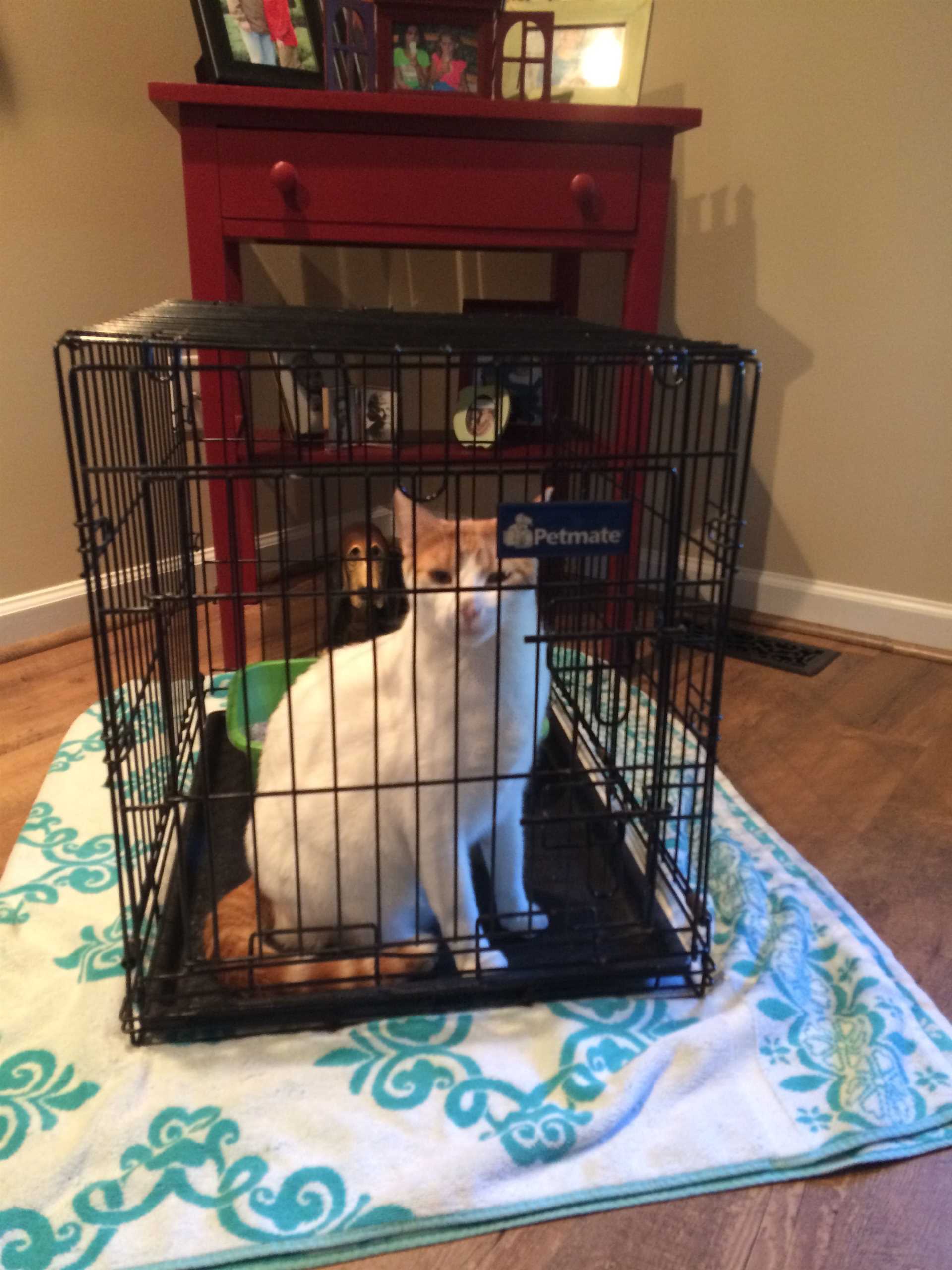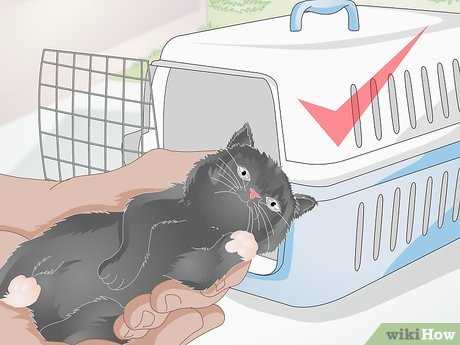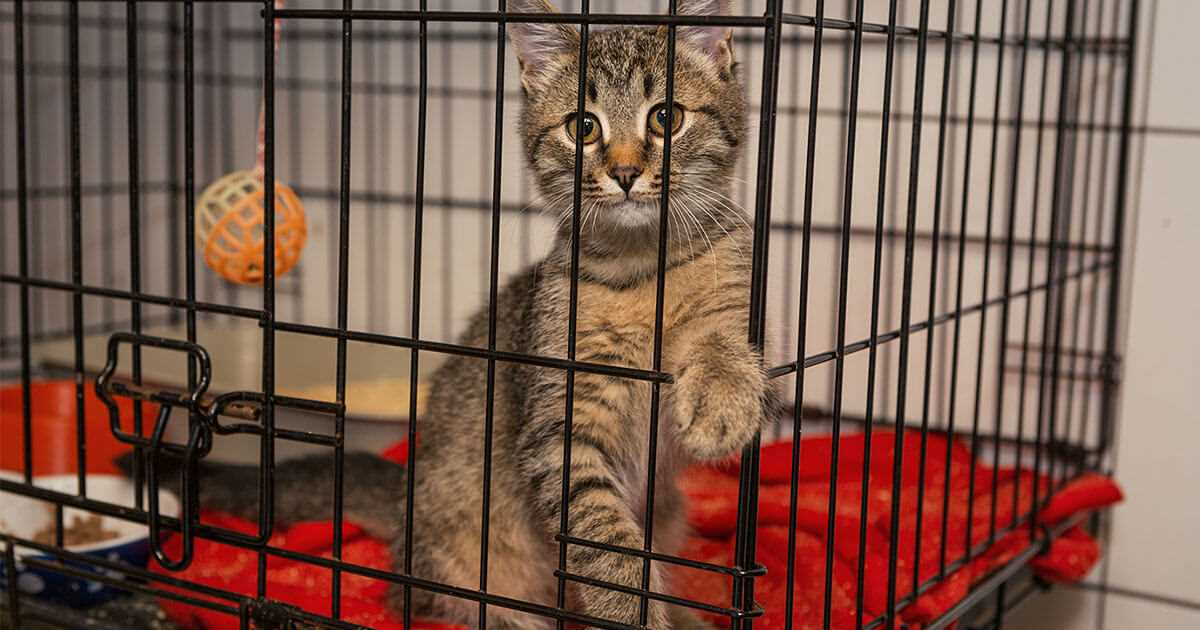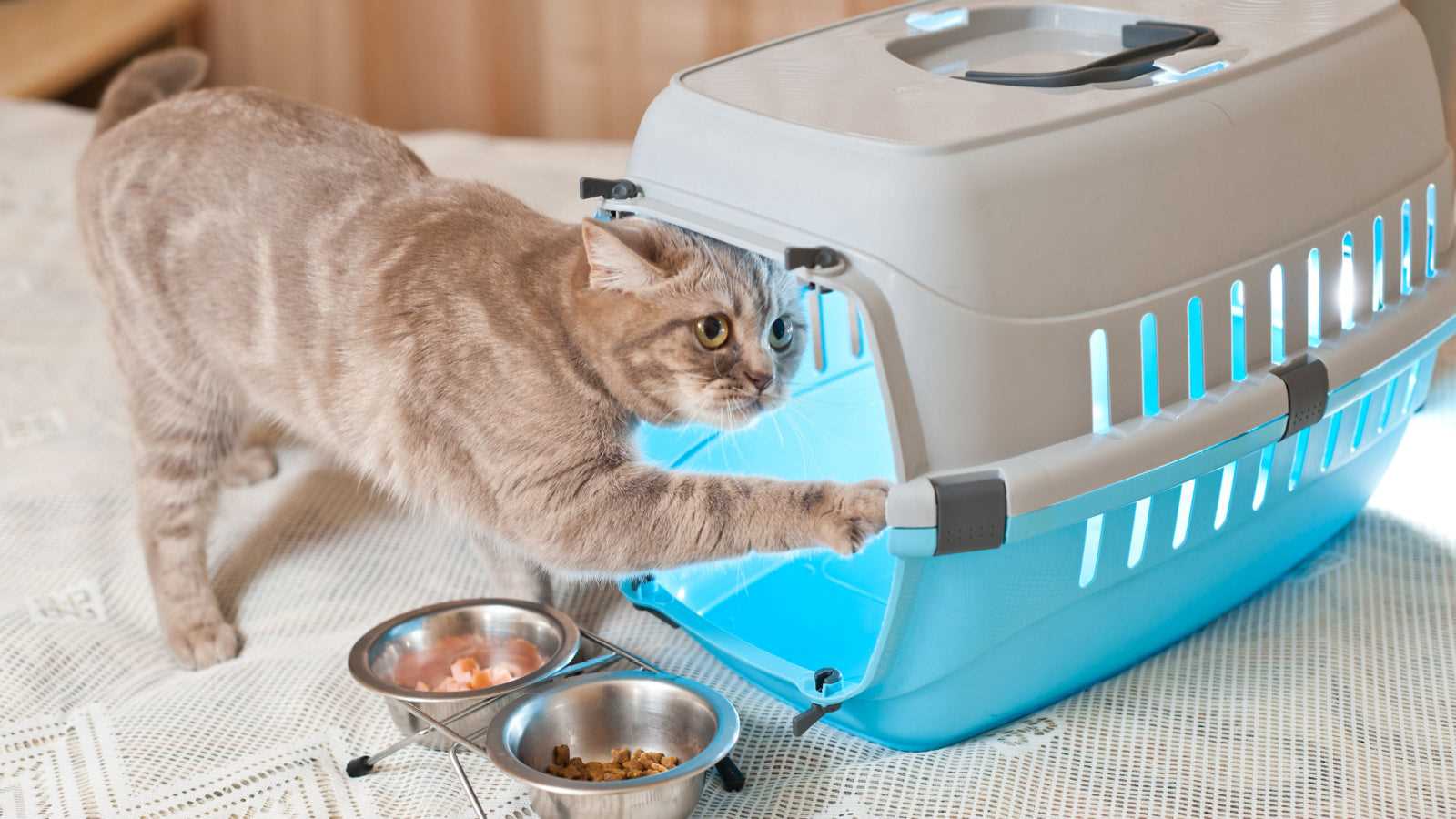My favorite spot is my cozy enclosure, a designated area where I can feel secure and relaxed. It’s important to introduce this space gradually, allowing me to explore it at my own pace. Start by placing my favorite blanket or a few toys inside to make it inviting. This familiarity helps ease any anxiety I might have about being in a new environment.
Consistency is key. Regularly encouraging me to spend time in my designated area reinforces a sense of safety. Use treats or playtime to create positive associations. Every time I venture in, shower me with praise or a little snack. Over time, I will learn that this space is not a punishment, but a haven where I can retreat whenever I need some alone time.
It’s also essential to make the area comfortable. Ensure that there’s enough ventilation and add a soft bed or cushion for me to curl up on. Keeping the space clean and free of clutter is crucial; I prefer a tidy area where I can feel at ease. Remember, this is about creating a sanctuary where I can thrive and feel secure.
Steps for Crate Acclimation
Begin with short periods of confinement. Allow your feline companion to explore the space without pressure. Gradually increase the duration while providing treats and toys.
- Choose a quiet area for the enclosure.
- Place familiar items inside, like a favorite blanket or toys.
- Encourage your buddy to enter by tossing treats inside.
Monitor their comfort level. If signs of stress appear, reduce the duration and try again later.
Positive Reinforcement Techniques
Reward your furry friend with praise or snacks whenever they voluntarily enter the crate. This builds a positive association.
- Use a clicker or verbal cues to mark good behavior.
- Offer a treat immediately when they enter.
- Gradually close the door for a few seconds while they are calm.
Always keep sessions short and upbeat to prevent anxiety.
Creating Routine and Familiarity
Establish a consistent schedule for crate time. This will help your pet know what to expect.
- Choose specific times for crate sessions.
- Incorporate playtime or feeding inside the enclosure.
This routine will aid in making the space feel less intimidating.
Monitoring Health and Hygiene

Pay attention to your pet’s well-being during this process. Ensure the environment stays clean and comfortable.
If curious about health aspects, check out this link for information on is cat saliva clean for humans.
Regularly assess how your furry friend responds to the crate. Adjust your approach as needed, ensuring a stress-free experience.
Choosing the Right Kennel for Your Feline Friend

Opt for a spacious option that allows me to move comfortably. A minimum of 24 inches in length is ideal. Look for sturdy materials that can withstand my playful nature.
Ventilation is key. Ensure there are enough openings to provide air circulation while keeping me secure. A kennel with a removable top can be beneficial for easy access during grooming or vet visits.
Comfort is non-negotiable. Consider adding a soft blanket or my favorite toy to create a cozy environment. This helps reduce stress and makes it feel like a safe space.
Security features matter too. Latch mechanisms should be reliable, preventing any accidental escapes. Check for safety certifications to ensure the kennel meets industry standards.
For longer journeys, a kennel with a built-in food and water compartment is practical. Keeping me hydrated is essential, especially on the road. You might want to check the best water fountains for cats to have a portable solution for hydration needs.
Finally, choose a kennel that fits your vehicle or travel plans. Compatibility with seat belts or other securing methods ensures a stable ride. Aim for a design that facilitates easy cleaning to maintain hygiene.
Step-by-Step Guide to Introducing Your Feline Friend to the Carrier

First, make the space inviting. Place the carrier in a quiet area of your home with the door open. Add a soft blanket or towel inside to create a cozy atmosphere.
Next, let me explore the carrier on my own terms. I can sniff around without any pressure. Toss in a few of my favorite treats to spark curiosity. This encourages positive associations.
Once I seem comfortable, you can gently encourage me to step inside. Use treats or toys to coax me in, but don’t force it. Patience is key; I’ll go in when I feel ready.
After I’ve entered, praise me with soothing words and pet me if I’m receptive. This reinforces the idea that the carrier is a safe space. Repeat this a few times, gradually increasing the duration I spend inside.
Next, close the door for short periods while I’m inside, ensuring I’m calm. Gradually extend the time with the door closed. Always reward me with treats afterwards to build my confidence.
Finally, practice short trips around the house. This helps me get used to movement while inside. Once I feel secure, you can transition to longer outings, keeping the experience positive and stress-free.
Tips for Reducing Stress During Kennel Training

Start with familiar scents. Place a blanket or toy that smells like me inside the enclosure. This makes the space feel more like home and less intimidating.
Create a schedule. Consistent feeding and playtimes help make the experience predictable, which is comforting. I love knowing what to expect!
Introduce treats. Using my favorite snacks can make me associate the enclosure with positive experiences. I perk up when I see those yummy morsels!
Use gentle encouragement. Softly speaking and offering praise when I approach the space can boost my confidence. I thrive on positive reinforcement.
Limit exposure time initially. Gradually increasing the time I spend inside helps avoid overwhelming feelings. Short sessions are better for my comfort level.
Keep the environment calm. Reducing loud noises and sudden movements around the space can help me feel secure and relaxed. I prefer a quiet atmosphere.
Monitor my body language. If I seem anxious, allow me to retreat. Respecting my boundaries is key to making me feel safe.
Incorporate playtime. Engaging in my favorite activities near the enclosure can create a sense of fun. I enjoy playing while feeling secure.
Be patient. Every feline adjusts at their own pace. Rushing me can lead to stress, so taking it slow is a wise approach.
Video:
My favorite spot is my cozy enclosure, a designated area where I can feel secure and relaxed. It’s important to introduce this space gradually, allowing me to explore it at my own pace. Start by placing my favorite blanket or a few toys inside to make it inviting. This familiarity helps ease any anxiety I might have about being in a new environment.
Consistency is key. Regularly encouraging me to spend time in my designated area reinforces a sense of safety. Use treats or playtime to create positive associations. Every time I venture in, shower me with praise or a little snack. Over time, I will learn that this space is not a punishment, but a haven where I can retreat whenever I need some alone time.
It’s also essential to make the area comfortable. Ensure that there’s enough ventilation and add a soft bed or cushion for me to curl up on. Keeping the space clean and free of clutter is crucial; I prefer a tidy area where I can feel at ease. Remember, this is about creating a sanctuary where I can thrive and feel secure.
Steps for Crate Acclimation
Begin with short periods of confinement. Allow your feline companion to explore the space without pressure. Gradually increase the duration while providing treats and toys.
- Choose a quiet area for the enclosure.
- Place familiar items inside, like a favorite blanket or toys.
- Encourage your buddy to enter by tossing treats inside.
Monitor their comfort level. If signs of stress appear, reduce the duration and try again later.
Positive Reinforcement Techniques
Reward your furry friend with praise or snacks whenever they voluntarily enter the crate. This builds a positive association.
- Use a clicker or verbal cues to mark good behavior.
- Offer a treat immediately when they enter.
- Gradually close the door for a few seconds while they are calm.
Always keep sessions short and upbeat to prevent anxiety.
Creating Routine and Familiarity
Establish a consistent schedule for crate time. This will help your pet know what to expect.
- Choose specific times for crate sessions.
- Incorporate playtime or feeding inside the enclosure.
This routine will aid in making the space feel less intimidating.
Monitoring Health and Hygiene

Pay attention to your pet’s well-being during this process. Ensure the environment stays clean and comfortable.
If curious about health aspects, check out this link for information on is cat saliva clean for humans.
Regularly assess how your furry friend responds to the crate. Adjust your approach as needed, ensuring a stress-free experience.
Choosing the Right Kennel for Your Feline Friend

Opt for a spacious option that allows me to move comfortably. A minimum of 24 inches in length is ideal. Look for sturdy materials that can withstand my playful nature.
Ventilation is key. Ensure there are enough openings to provide air circulation while keeping me secure. A kennel with a removable top can be beneficial for easy access during grooming or vet visits.
Comfort is non-negotiable. Consider adding a soft blanket or my favorite toy to create a cozy environment. This helps reduce stress and makes it feel like a safe space.
Security features matter too. Latch mechanisms should be reliable, preventing any accidental escapes. Check for safety certifications to ensure the kennel meets industry standards.
For longer journeys, a kennel with a built-in food and water compartment is practical. Keeping me hydrated is essential, especially on the road. You might want to check the best water fountains for cats to have a portable solution for hydration needs.
Finally, choose a kennel that fits your vehicle or travel plans. Compatibility with seat belts or other securing methods ensures a stable ride. Aim for a design that facilitates easy cleaning to maintain hygiene.
Step-by-Step Guide to Introducing Your Feline Friend to the Carrier

First, make the space inviting. Place the carrier in a quiet area of your home with the door open. Add a soft blanket or towel inside to create a cozy atmosphere.
Next, let me explore the carrier on my own terms. I can sniff around without any pressure. Toss in a few of my favorite treats to spark curiosity. This encourages positive associations.
Once I seem comfortable, you can gently encourage me to step inside. Use treats or toys to coax me in, but don’t force it. Patience is key; I’ll go in when I feel ready.
After I’ve entered, praise me with soothing words and pet me if I’m receptive. This reinforces the idea that the carrier is a safe space. Repeat this a few times, gradually increasing the duration I spend inside.
Next, close the door for short periods while I’m inside, ensuring I’m calm. Gradually extend the time with the door closed. Always reward me with treats afterwards to build my confidence.
Finally, practice short trips around the house. This helps me get used to movement while inside. Once I feel secure, you can transition to longer outings, keeping the experience positive and stress-free.
Tips for Reducing Stress During Kennel Training

Start with familiar scents. Place a blanket or toy that smells like me inside the enclosure. This makes the space feel more like home and less intimidating.
Create a schedule. Consistent feeding and playtimes help make the experience predictable, which is comforting. I love knowing what to expect!
Introduce treats. Using my favorite snacks can make me associate the enclosure with positive experiences. I perk up when I see those yummy morsels!
Use gentle encouragement. Softly speaking and offering praise when I approach the space can boost my confidence. I thrive on positive reinforcement.
Limit exposure time initially. Gradually increasing the time I spend inside helps avoid overwhelming feelings. Short sessions are better for my comfort level.
Keep the environment calm. Reducing loud noises and sudden movements around the space can help me feel secure and relaxed. I prefer a quiet atmosphere.
Monitor my body language. If I seem anxious, allow me to retreat. Respecting my boundaries is key to making me feel safe.
Incorporate playtime. Engaging in my favorite activities near the enclosure can create a sense of fun. I enjoy playing while feeling secure.
Be patient. Every feline adjusts at their own pace. Rushing me can lead to stress, so taking it slow is a wise approach.
Video:
My favorite spot is my cozy enclosure, a designated area where I can feel secure and relaxed. It’s important to introduce this space gradually, allowing me to explore it at my own pace. Start by placing my favorite blanket or a few toys inside to make it inviting. This familiarity helps ease any anxiety I might have about being in a new environment.
Consistency is key. Regularly encouraging me to spend time in my designated area reinforces a sense of safety. Use treats or playtime to create positive associations. Every time I venture in, shower me with praise or a little snack. Over time, I will learn that this space is not a punishment, but a haven where I can retreat whenever I need some alone time.
It’s also essential to make the area comfortable. Ensure that there’s enough ventilation and add a soft bed or cushion for me to curl up on. Keeping the space clean and free of clutter is crucial; I prefer a tidy area where I can feel at ease. Remember, this is about creating a sanctuary where I can thrive and feel secure.
Steps for Crate Acclimation
Begin with short periods of confinement. Allow your feline companion to explore the space without pressure. Gradually increase the duration while providing treats and toys.
- Choose a quiet area for the enclosure.
- Place familiar items inside, like a favorite blanket or toys.
- Encourage your buddy to enter by tossing treats inside.
Monitor their comfort level. If signs of stress appear, reduce the duration and try again later.
Positive Reinforcement Techniques
Reward your furry friend with praise or snacks whenever they voluntarily enter the crate. This builds a positive association.
- Use a clicker or verbal cues to mark good behavior.
- Offer a treat immediately when they enter.
- Gradually close the door for a few seconds while they are calm.
Always keep sessions short and upbeat to prevent anxiety.
Creating Routine and Familiarity
Establish a consistent schedule for crate time. This will help your pet know what to expect.
- Choose specific times for crate sessions.
- Incorporate playtime or feeding inside the enclosure.
This routine will aid in making the space feel less intimidating.
Monitoring Health and Hygiene

Pay attention to your pet’s well-being during this process. Ensure the environment stays clean and comfortable.
If curious about health aspects, check out this link for information on is cat saliva clean for humans.
Regularly assess how your furry friend responds to the crate. Adjust your approach as needed, ensuring a stress-free experience.
Choosing the Right Kennel for Your Feline Friend

Opt for a spacious option that allows me to move comfortably. A minimum of 24 inches in length is ideal. Look for sturdy materials that can withstand my playful nature.
Ventilation is key. Ensure there are enough openings to provide air circulation while keeping me secure. A kennel with a removable top can be beneficial for easy access during grooming or vet visits.
Comfort is non-negotiable. Consider adding a soft blanket or my favorite toy to create a cozy environment. This helps reduce stress and makes it feel like a safe space.
Security features matter too. Latch mechanisms should be reliable, preventing any accidental escapes. Check for safety certifications to ensure the kennel meets industry standards.
For longer journeys, a kennel with a built-in food and water compartment is practical. Keeping me hydrated is essential, especially on the road. You might want to check the best water fountains for cats to have a portable solution for hydration needs.
Finally, choose a kennel that fits your vehicle or travel plans. Compatibility with seat belts or other securing methods ensures a stable ride. Aim for a design that facilitates easy cleaning to maintain hygiene.
Step-by-Step Guide to Introducing Your Feline Friend to the Carrier

First, make the space inviting. Place the carrier in a quiet area of your home with the door open. Add a soft blanket or towel inside to create a cozy atmosphere.
Next, let me explore the carrier on my own terms. I can sniff around without any pressure. Toss in a few of my favorite treats to spark curiosity. This encourages positive associations.
Once I seem comfortable, you can gently encourage me to step inside. Use treats or toys to coax me in, but don’t force it. Patience is key; I’ll go in when I feel ready.
After I’ve entered, praise me with soothing words and pet me if I’m receptive. This reinforces the idea that the carrier is a safe space. Repeat this a few times, gradually increasing the duration I spend inside.
Next, close the door for short periods while I’m inside, ensuring I’m calm. Gradually extend the time with the door closed. Always reward me with treats afterwards to build my confidence.
Finally, practice short trips around the house. This helps me get used to movement while inside. Once I feel secure, you can transition to longer outings, keeping the experience positive and stress-free.
Tips for Reducing Stress During Kennel Training

Start with familiar scents. Place a blanket or toy that smells like me inside the enclosure. This makes the space feel more like home and less intimidating.
Create a schedule. Consistent feeding and playtimes help make the experience predictable, which is comforting. I love knowing what to expect!
Introduce treats. Using my favorite snacks can make me associate the enclosure with positive experiences. I perk up when I see those yummy morsels!
Use gentle encouragement. Softly speaking and offering praise when I approach the space can boost my confidence. I thrive on positive reinforcement.
Limit exposure time initially. Gradually increasing the time I spend inside helps avoid overwhelming feelings. Short sessions are better for my comfort level.
Keep the environment calm. Reducing loud noises and sudden movements around the space can help me feel secure and relaxed. I prefer a quiet atmosphere.
Monitor my body language. If I seem anxious, allow me to retreat. Respecting my boundaries is key to making me feel safe.
Incorporate playtime. Engaging in my favorite activities near the enclosure can create a sense of fun. I enjoy playing while feeling secure.
Be patient. Every feline adjusts at their own pace. Rushing me can lead to stress, so taking it slow is a wise approach.






